The iPhone 6 Review
by Joshua Ho, Brandon Chester, Chris Heinonen & Ryan Smith on September 30, 2014 8:01 AM EST- Posted in
- Smartphones
- Apple
- Mobile
- iPhone 6
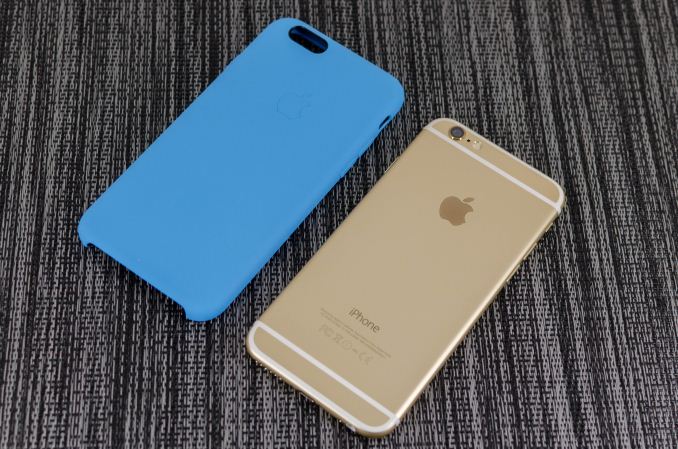
With every launch of the iPhone, Apple seems to have everything to lose and not much to gain. Apple’s iPhone line accounts for the majority of profits in the smartphone space, and as the smartphone market marches towards maturity it seems inevitable that companies like Xiaomi will be able to deliver largely similar experiences at much lower prices. The same once happened with Apple in the days of the PC industry where Apple approached irrelevance. Yet generation after generation, Apple seems to be able to hold on to a majority of profit share, and they’ve managed to tenaciously hold on to their first-mover advantage.
This brings us to the iPhone 6. This is now the eighth generation of the iPhone, and the fifth generation of the iPhone’s industrial and material design. We should note right now that this review is specifically for the iPhone 6; for the iPhone 6 Plus, please see our iPhone 6 Plus companion review. At this point, it’s not really possible to revolutionize the smartphone, and on the surface, the iPhone 6 seems to be directly inspired by the iPod Touch. However, instead of the chamfered edge where the display meets the metal unibody we see a continuous curve from the sloping glass to the metal unibody that looks and feels great. While the M8 was one of the best phones for in-hand feel, the iPhone 6 goes a step further due to the reduced weight and rounded side. I've always felt like the HTC 8X had one of the most compelling shapes for a phone, and the incredibly thin feel of the iPhone 6 definitely reminds me of that.
Along the left side, we see the standard volume buttons and mute switch that continue to have the same solid feel and clean clicking action. As I discuss in the iPhone 6 Plus review, going by Consumer Reports' data it seems that there is a weak point near the bottom of the volume rocker, although it's far less likely to be an issue on the iPhone 6 due to its smaller size. Along the top, there isn’t a power button because it’s been moved to the right side of the phone so there’s nothing notable on the top.
On the right side, we see the previously mentioned power button and also the SIM tray, which is ejected by inserting a pin into the eject hole. Similarly to the volume buttons, the power button has a solid feel that gives a distinct click when triggered and continues to be quite unique when compared to phones other than recent iPhones.
The bottom has the Lightning connector, speaker, a microphone, and 3.5mm headset jack. The placement and design of all these elements are largely similar if not shared directly with the iPod Touch.
The back of the phone continues to share elements from the iPod Touch. The camera, microphone, and LED flash are almost identical in their appearance, even down to the camera hump’s design. The LED flash does look different to accommodate the second amber flash, but the shape is identical. The only real difference is that the antennas of the iPhone 6 are the metal pieces on the top and bottom, with the associated plastic lines instead of a plastic RF window.
The front of the phone is decidedly more similar to the iPhone 5s though, with the Touch ID home button. While the earpiece hasn’t moved, it seems that the front facing camera has been moved back to the left side of the earpiece, and the sensors for light and proximity are now above the earpiece. For the most part, there’s not much to comment on here but after using the iPhone 6 for an extended amount of time I’m definitely sure that the home button is relatively closer to the surface of the display glass than before. In addition, the home button has a dramatically improved feel, with short travel, clean actuation, and a reassuring click in most cases.
Overall, while I was undecided at the launch of the iPhone 6 I definitely think the look of the new iPhone has grown on me. The camera hump’s accent serves as an interesting design touch, and the feel of the design is definitely much more comfortable and ergonomic than before. I’m not really sure that the extra reduction in thickness was necessary, but it does make for a better first impression. In the launch article I was a bit surprised that Apple chose to have a camera hump but given the fact that the iPod Touch has the same design it seems that there is precedent for such a move. I personally feel that the design wouldn’t be worse by increasing thickness to eliminate the hump and improve battery life as a result.
Apple has also introduced a new silicone case, which brings a lower price point than the leather cases. Surprisingly, this is a rather high quality case, and as far as I can tell it doesn’t carry any of the issues that silicone cases traditionally have. There’s a nice lip to make sure that the display glass doesn’t touch a surface if the phone is put face down, and the material doesn’t seem to stretch or attract pocket lint the way most silicone cases do.
There’s definitely a lot more to talk about though, and to get a sense of the major differences I’ve put together our usual spec table below.
| Apple iPhone 5s | Apple iPhone 6 | Apple iPhone 6 Plus | |
| SoC | Apple A7 | Apple A8 | Apple A8 |
| Display | 4-inch 1136 x 640 LCD | 4.7-inch 1334 x 750 LCD | 5.5-inch 1920 x 1080 LCD |
| WiFi | 2.4/5GHz 802.11a/b/g/n, BT 4.0 | 2.4/5GHz 802.11a/b/g/n/ac, single stream, BT 4.0, NFC | |
| Storage | 16GB/32GB/64GB | 16GB/64GB/128GB | 16GB/64GB/128GB |
| I/O | Lightning connector, 3.5mm headset | ||
| Size / Mass | 123.8 x 58.6 x 7.6 mm, 112 grams | 138.1 x 67 x 6.9 mm, 129 grams | 158.1 x 77.8 x 7.1 mm, 172 grams |
| Camera |
8MP iSight with 1.5µm pixels Rear Facing + True Tone Flash 1.2MP f/2.4 Front Facing |
8MP iSight with 1.5µm pixels Rear Facing + True Tone Flash 1.2MP f/2.2 Front Facing |
8MP iSight with 1.5µm pixels Rear Facing + True Tone Flash + OIS 1.2MP f/2.2 Front Facing |
| Price | $99 (16GB), $149 (32GB) on 2 year contract | $199 (16GB), $299 (64GB), $399 (128GB) on 2 year contract | $299 (16GB), $399 (64GB), $499 (128GB) on 2 year contract |
As you can see, this is a major release even at a high level. While the design might take some inspiration from the iPod Touch, the hardware is a completely different beast. There’s a new SoC, the A8; the iPhone 6 also includes a bigger and better display, newer WiFi module, bigger battery, and a better camera. Of course, there’s a lot more to the story of the iPhone 6 than a spec sheet. The first major difference that we’ll talk about is the SoC.


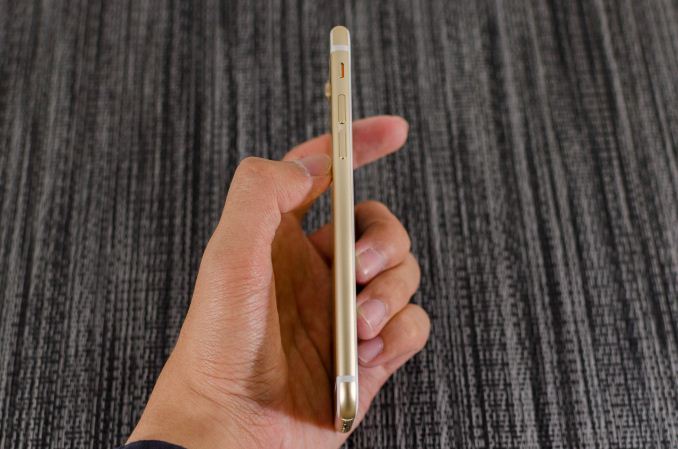
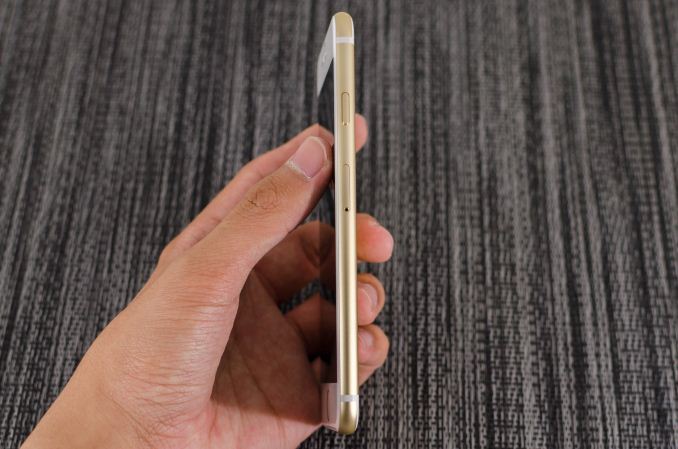
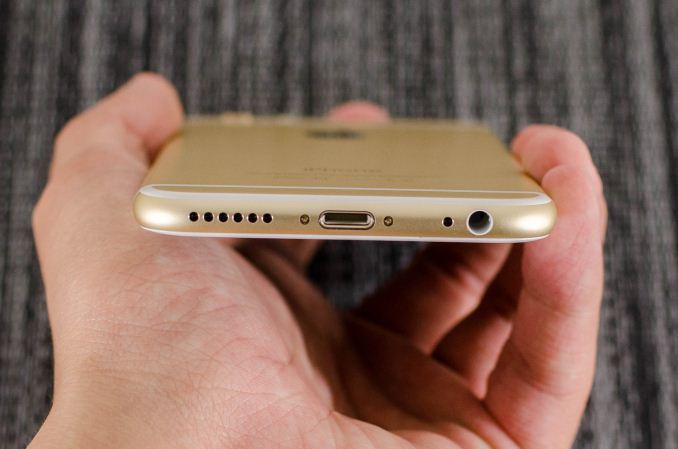
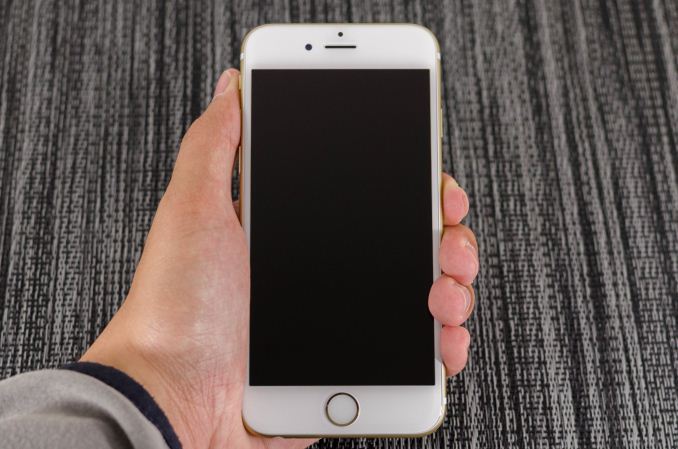
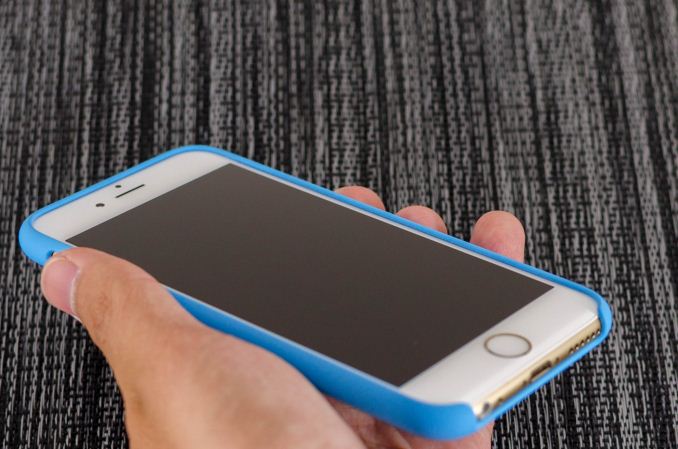








531 Comments
View All Comments
thrasher32 - Tuesday, October 14, 2014 - link
That must be some really good crack there chiefGerryS - Wednesday, October 1, 2014 - link
Absolutely. If it can't be built into the price of the product, there's no incentive to innovate, at all.perpetualdark - Friday, October 3, 2014 - link
Not true, you innovate to stay in the game, not to increase your price point. Part of the "innovation" of the android flagships has been their ability to increase technology, form, and function while reducing or maintaining costs. Both the M8 and the S5 were selling for $99 on contract within a month of launch (by Verizon). Apple might have sold a lot of phones in this launch, but that was mostly due to the fact that there hasn't been an "innovation" in several years, and very little reason to buy an Apple product for at least 2 generations. Just keep watching to see how sales hold up after the initial storm is passed. In a few months when you can buy an S5 or M8 for $99 on contract, or an iPhone for $299, which do you think will sell better? And in 6 months, both companies will have the next gen of flagship out, with superior specs across the board and will launch at the same price as Apple, because the iphone 6 will STILL be $299.bigstrudel - Tuesday, September 30, 2014 - link
Samsung uses Off-the-shelf SoC's for every flagship device outside of Korea. Nothing impressive about that.techconc - Thursday, October 2, 2014 - link
@danbob999 - Samsung's SoC designs are basically equivalent to Apple's early A4 and A5 work. They essentially just use off the shelf reference designs and put them together to meet their own specifications. Yes, there is some work involved with doing that, but to date, this hasn't been a competitive advantage for Samsung like it has for Apple. In fact, Samsung ends up using Qualcomm chips for a very large percentage for their devices. Likewise, putting them in the same league as what Apple, Qualcomm or even nVidia is doing isn't quite right. They're not in the same league design wise.Samsung attempts to add layers of customization (Touchwiz, etc.) on top of Android, but it just feels like a clumsy layer on top and ends up dropping performance and resources for the device overall. Such customizations are no substitute for writing your own OS and controlling the entire technology stack. That's why a Samsung phone will always feel clumsy as compared to an iPhone. Samsung would have to to the Tizen route to attempt to compete on that level.
Chaser - Wednesday, October 1, 2014 - link
Now this is amusing. The OS hasn't changed since it launch except for, wait for it: pull down notifications! Amazing. But seriously its the same floating blobs that sit in rows on a screen. Designed for teenagers and grandparents in mind.techconc - Thursday, October 2, 2014 - link
@Chaser - Thanks for sharing your ...wait for it... ignorance on OS design and what's actually changed over the years. It should suffice to say that you clearly don't know what you're talking about.shm224 - Thursday, October 2, 2014 - link
@techconc : Sure, would you mind giving us some examples of such "changes" in iOS?techconc - Monday, October 6, 2014 - link
@shm224 - LOL! Not interested in doing a commercial for Apple and the listing surely wouldn't fit in a forum post. Google is your friend... If you're really interested, you can start with something like the Wikipedia entry for iOS and of course consult the release notes for each iOS release on Apple's developer site.michael2k - Thursday, October 2, 2014 - link
What? It gained an app store, popup notifications, printing, multitasking, search, pull down notifications, pull up settings, folders, multiple homescreens, enhanced notifications (reply, dismiss, widgets), and file sharing.